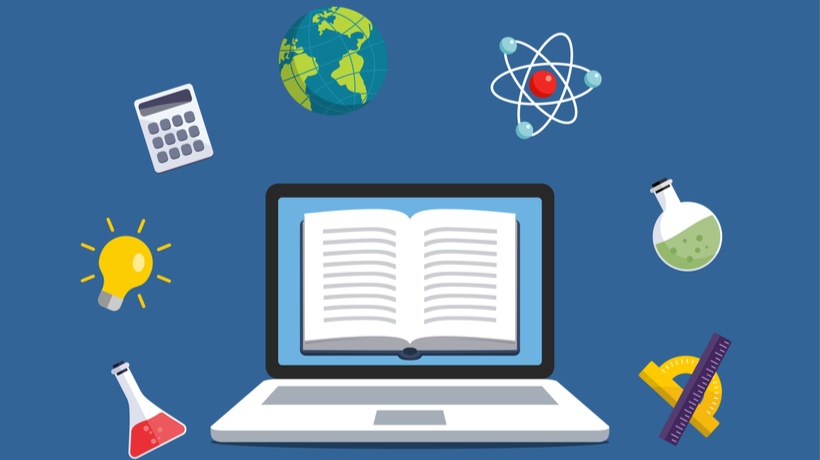In today’s significantly interconnected globe, the capacity to function collaboratively is a critical skill. As traditional educational paradigms evolve to satisfy the demands of the 21st century, collective learning emerges as an essential idea. This write-up looks into the details of collaborative learning, exploring its advantages, techniques, and difficulties, while giving insights right into exactly how it shapes contemporary education and learning.
Collaborative understanding surpasses merely collaborating.

It embodies an instructional approach where people engage in a collective effort to gain knowledge, solve issues, and achieve an usual goal. This method emphasizes the worth of diversity in thought and promotes deeper understanding with communication and shared experience.
The Advantages of Collaborative Learning
Joint discovering offers a myriad of advantages, making it a favored approach in instructional setups around the world. One of the primary benefits is the enhancement of vital thinking skills. As students engage with peers, they are subjected to different point of views, motivating them to examine and analyze info much more seriously.
Another substantial advantage is the renovation in interaction abilities. Collaborative knowing settings require active listening, express expression of ideas, and respectful discussion. These abilities are invaluable, not just academically, but in expert and social contexts also.
Cognitive advancement is additionally especially boosted via joint initiatives. Collaborating calls for learners to express their thinking, difficulty presumptions, and integrate various viewpoints, leading to deeper cognitive processing and retention.
- Enhanced crucial believing
- Enhanced communication abilities
- Boosted cognitive advancement
- Greater retention prices
- Cultivating of social and leadership skills
The cumulative result of these advantages is an extra holistic educational experience. Learners not only obtain knowledge yet likewise establish essential life skills that prepare them for future joint ventures in any kind of area.
Approaches for Reliable Collaborative Knowing
Executing collaborative learning efficiently requires thoughtful approach and planning.

Educators should create an environment for cooperation, where learners really feel risk-free and determined to participate openly. Here are some methods that can facilitate successful collaborative learning experiences.
First of all, developing clear purposes and assumptions is paramount. When learners recognize student community the goals and their duties within the team, they are more probable to involve meaningfully. Educators must connect these objectives explicitly and ensure they are lined up with the educational program.
Secondly, making use of diverse team frameworks can enrich the understanding experience. By varying team structure, whether by ability level, rate of interest, or background, educators can boost vibrant interactions and a more comprehensive understanding of the material.
Difficulties in Collaborative Learning
While collaborative discovering provides countless benefits, it is not without its challenges. One usual issue is the variation in group participant engagement. Some individuals might dominate discussions, while others might be less likely to add, bring about an inequality in the discovering experience.
- Disparate levels of involvement
- Potential for dispute
- Time management troubles
- Diverse degrees of dedication
Additionally, disputes can arise because of differing viewpoints, working styles, or misunderstandings. Educators should be furnished to take care of these disputes effectively, cultivating an atmosphere where considerate discussion dominates.
The Function of Innovation in Collaborative Knowing
In the digital age, modern technology plays an instrumental function in promoting collaborative knowing. On-line platforms break geographical barriers, permitting individuals from varied locations to team up in genuine time. These devices provide a plethora of functions that improve joint efforts, from shared records and discussion forums to digital meeting areas.

Technology not just broadens the scope of who can participate in collective discovering but additionally enhances the top quality of communication. Learners can access a bigger variety of sources, engage with interactive material, and use their expertise in innovative ways.
Future of Collaborative Discovering
Looking in advance, the future of collective learning shows up encouraging. As schools remain to accept innovation and innovate pedagogical strategies, collaboration will likely become a cornerstone of finding out experiences in any way levels of education.
Ultimately, the essence of joint discovering lies in its ability to empower individuals via shared effort and good understanding. As we progress, growing these experiences will certainly be essential in preparing learners not simply to succeed academically, but to grow in a facility, interconnected world.
